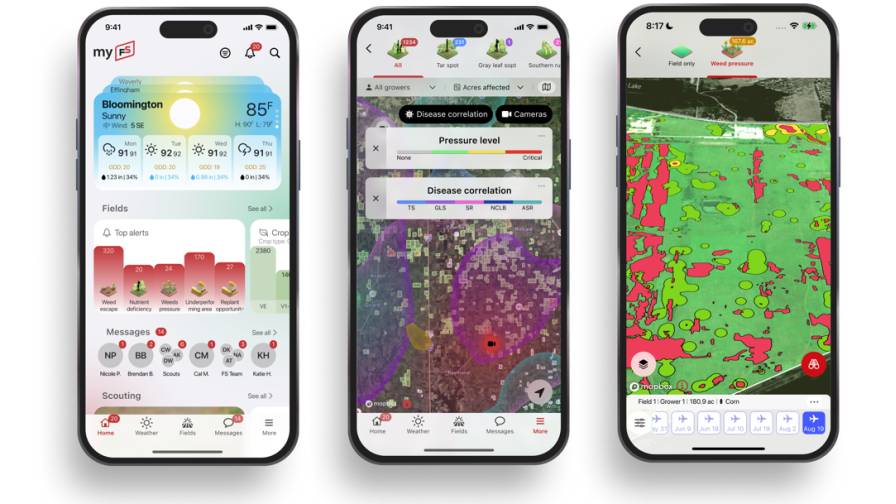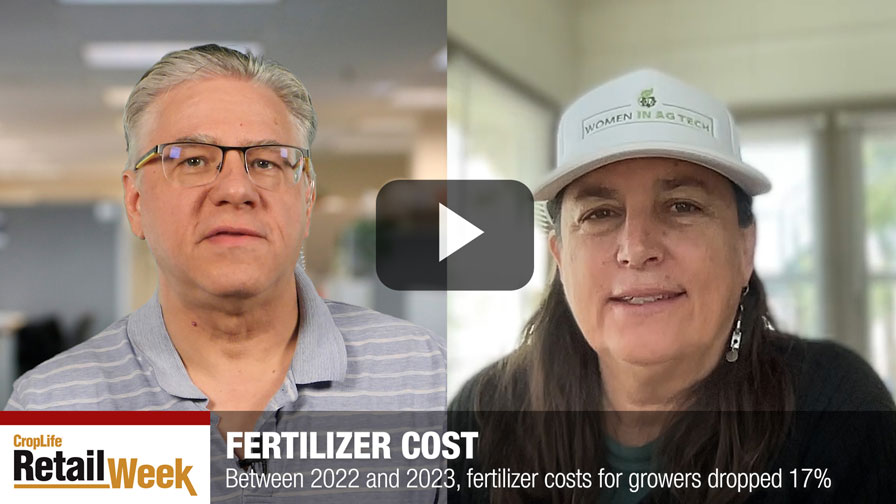Monsanto To Alert Farmers About Corn Earworm Migration
Monsanto is using a sophisticated forecasting tool this season designed to alert farmers within days of when corn earworms could threaten their fields.
The company is the sole sponsor of the Insect Migration Risk Forecast (IMRF), developed by independent climatologist and meteorologist Mike Sandstrom. The IMRF analyzes moth trapping data and weather patterns to predict the annual northern migration of corn earworms from the South. Farmers can learn more about the IMRF at www.insectforecast.com.
“Our objective is to help alert farmers when and wherever corn earworm pests are migrating,” explains Chism Craig, Monsanto corn traits technical development manager. “This provides another tool to help make farmers aware of a pest that could potentially cause them yield loss.”
Daily proactive forecasting is provided to identify corn growing regions of the U.S. at risk of experiencing earworm migration. Forecasts are issued for one, two and three to five days in advance. When the risk level increases, Monsanto’s goal is to send a text alert to its local agronomists and technology development representatives so that farmers can be notified to scout for the ear-feeding pests.
Corn earworm moths are showing up earlier and in heavier numbers than usual in parts of the South this season, and entomologists say that trend could pose a risk for Midwestern cornfields later this season. Weather plays a critical factor, as a southerly flow associated with high- and low-pressure cells carries the moths to the north.
Multiple generations of corn earworm can invade cornfields from spring through September, causing the most damage when they synchronize with the corn silking. Female moths lay their eggs on corn silks or green leaf tissue near the ear. When the larvae hatch, they move rapidly down the silk channel to feed on the ear tips or midsection of the ear. Besides yield loss, larvae can leave the corn susceptible to pathogenic fungi that can produce aflatoxin.
Sandstrom says he relies on university data as well as input from Monsanto field representatives to monitor earworm activity. Then, he overlays weather information, including wind flow and precipitation, to forecast migration patterns.
“This gives growers a proactive approach to insect management, especially during the peak periods of July and August in the Midwest when cornfields are most at risk,” he says.





